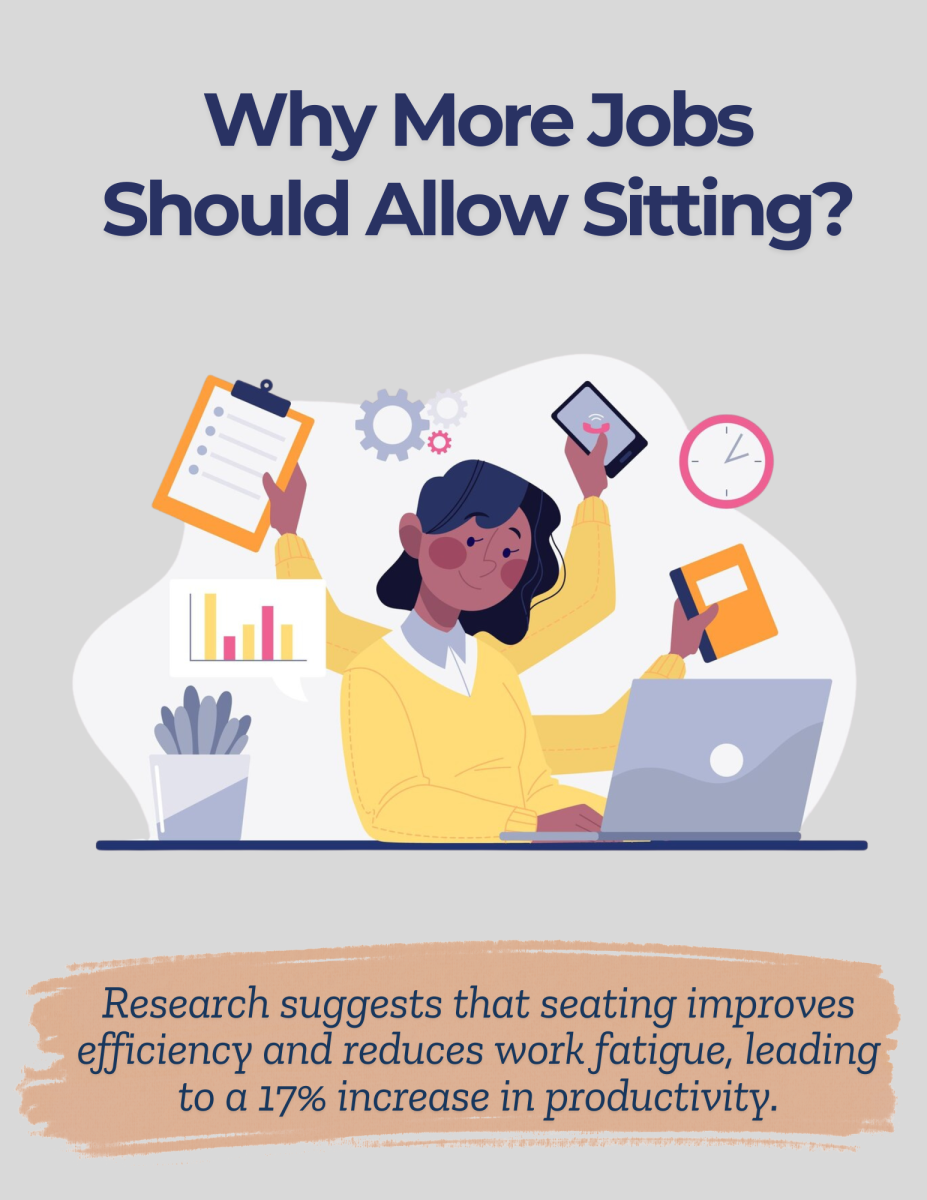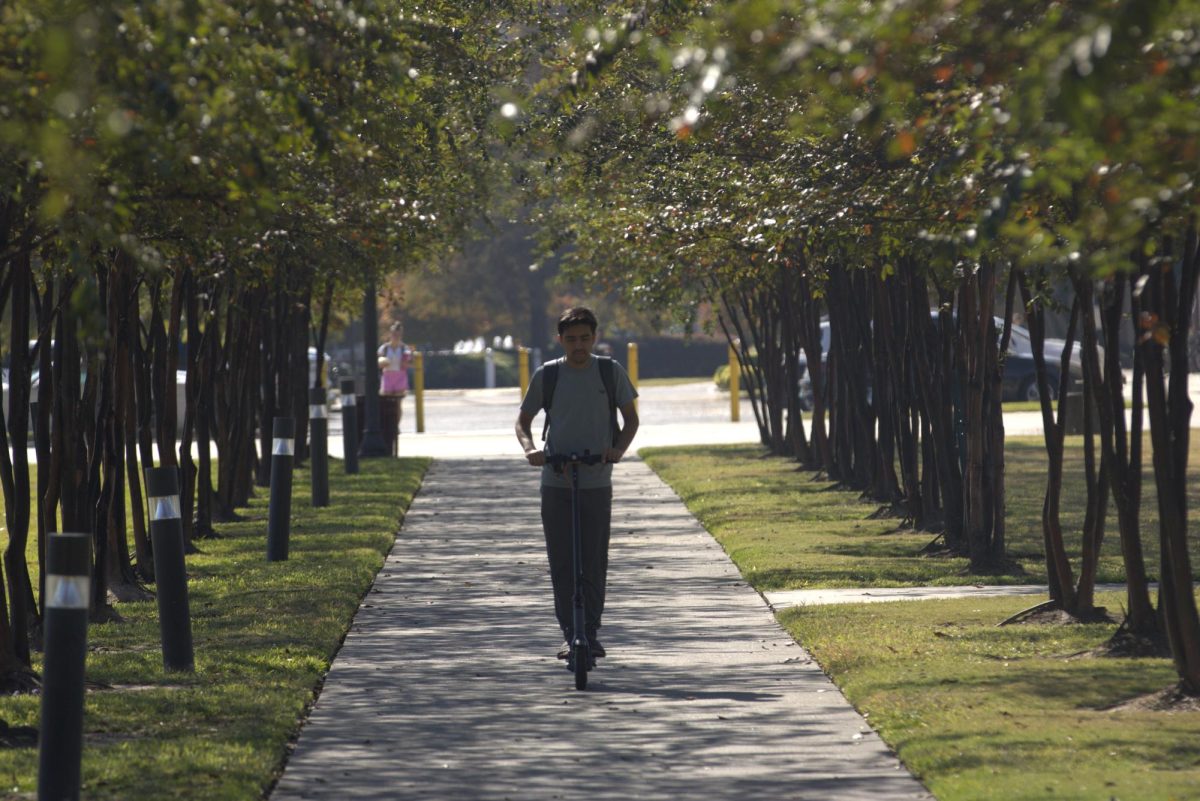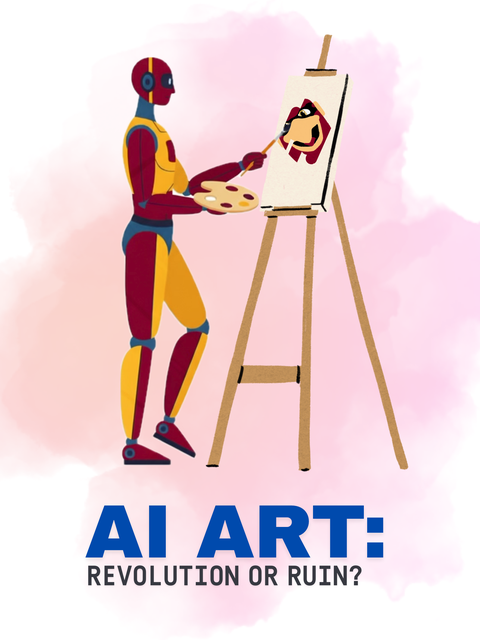“If there is time to lean there is time to clean” is a phrase that many of us who have had a job is familiar with. While some jobs require a painful amount of sitting, those who work in the food and service industry do not share the same luxury.
According to the U.S. Bureau of Labor Statistics, in 2024, the average civilian spent 55% of their workday standing. With the average workday being around 8 hours, which puts most people ate 4.4 hours of standing. While that does not seem like a lot, waitstaff spend whopping 97.8% of their day standing which- an intimidating 7.8 hours. Cashiers follow closely to the percentage of waitstaff, spending 94.2% of their time standing.
While the idea of being able to sit during your shift sounds nice, in some professions of the service industry, it is not always feasible. Waiters must go to take orders and then wait to hand them out, which requires that you stand.
There are jobs, however, where making employees stand does not make sense. For example, with cashiers at grocery stores. Grocery store cashiers must stay in one spot for hours at a time. Allowing them to sit would not hinder their efficiency at all, so it makes no sense to force them to stand.
Aldi is one of the few grocery stores that allows their employees to sit. Simple solutions like that can go a long way. There has also been indication that sitting increases the production of cashiers.
In a Mental Floss article an Aldi employee said, “While resting is true, Aldi says that cashiers sit at the register because, according to their testing, it allows us to ring up items faster.”
Freshman Middle and Early Education major Lee Wild spoke about their experience of being able to sit at work after working in a standing job position:
“Currently, sitting at work feels like I’m at home. Even though I’m a substitute teacher, being able to sit at work feels so comforting.”
The ability to sit also opens doors to give more people the opportunity to work. Policies requiring employees to stand are hostile to people with disabilities that renders them unable to stand for long periods. By allowing workers to sit, employers make the job more accessible to these people.
Not to mention how mentally draining it can be to be on your feet for your entire shift, it is harmful to your physical health as well. There is evidence that highlights the leading issues that come with prolonged standing. According to the CDC, a study published by NIOSH, reported increased incidences in lower back pain, physical fatigue, pain in legs and muscles and cardiovascular problems due to prolonged standing.
The mental and physical toll being forced to stand takes on workers highlights the need for more flexible policies that promotes worker’s well-being and productivity. By allowing employees, especially those in roles like cashiers, to sit, employers can enhance job accessibility, improve health outcomes, and foster a more efficient work environment.





